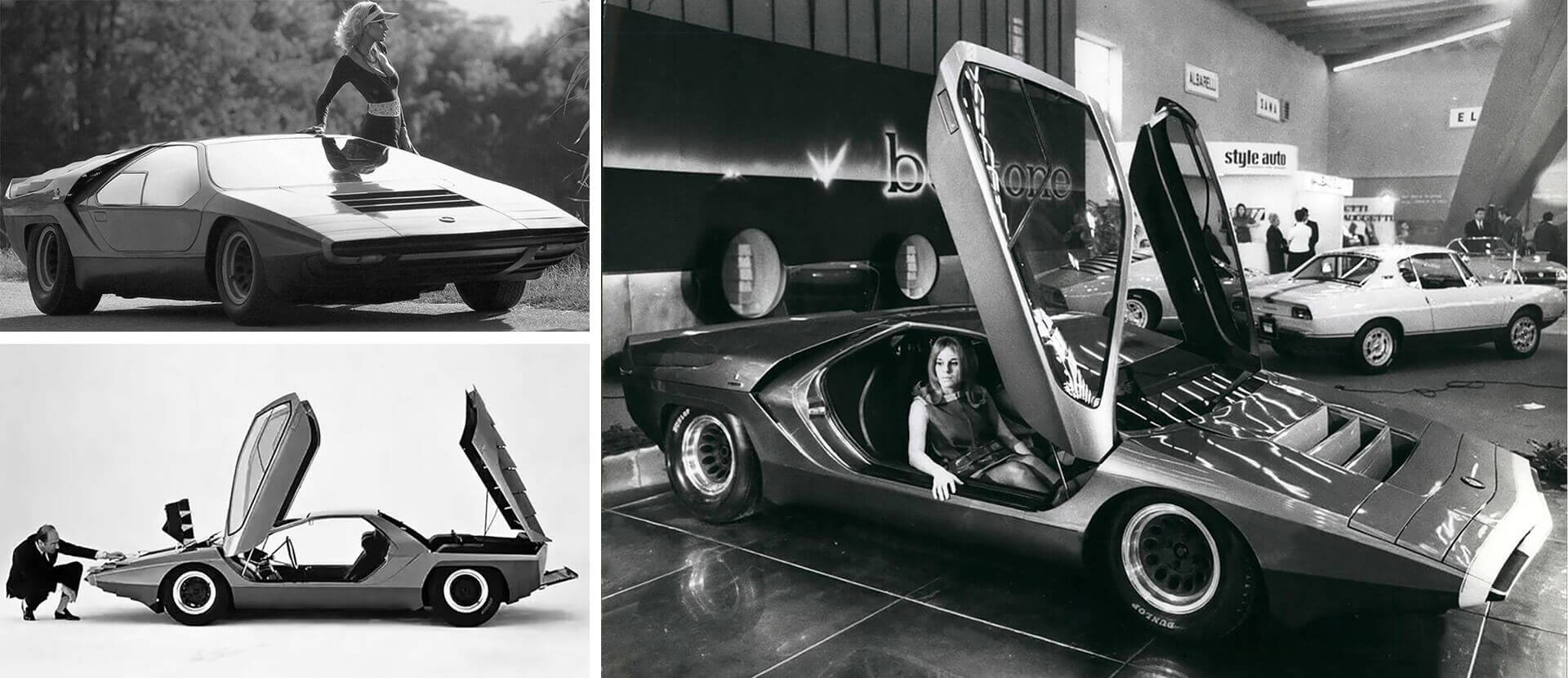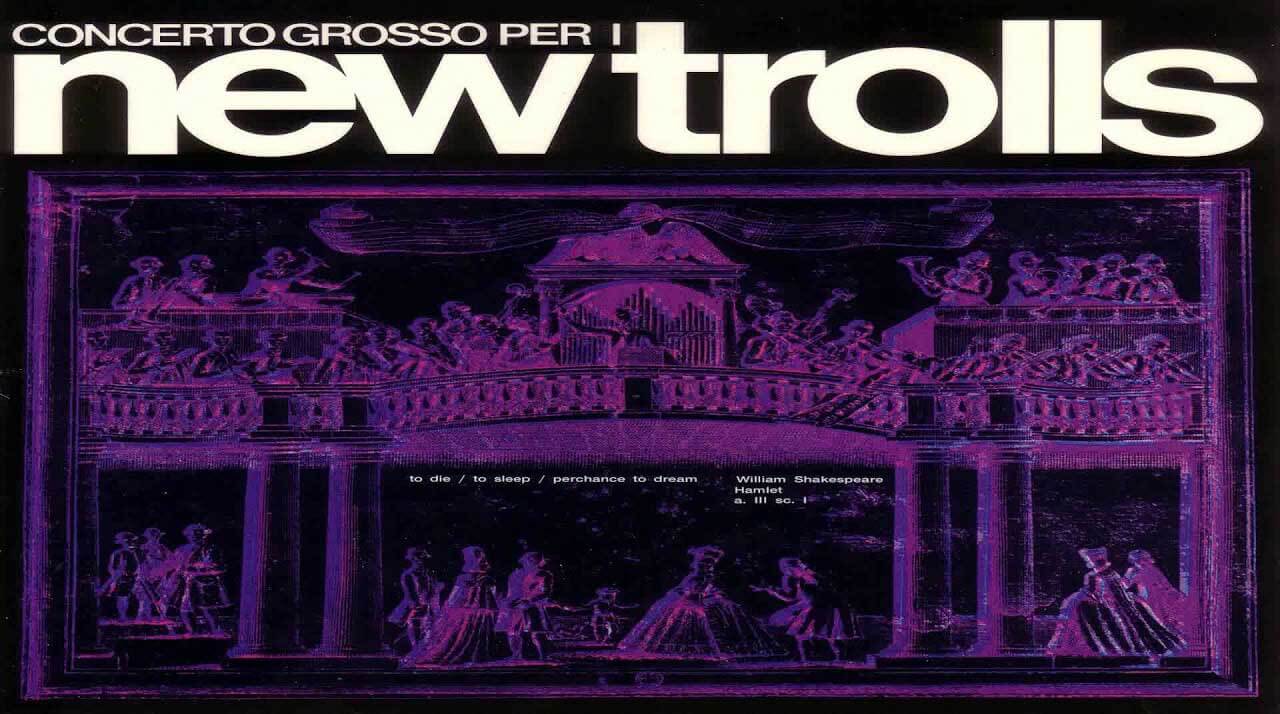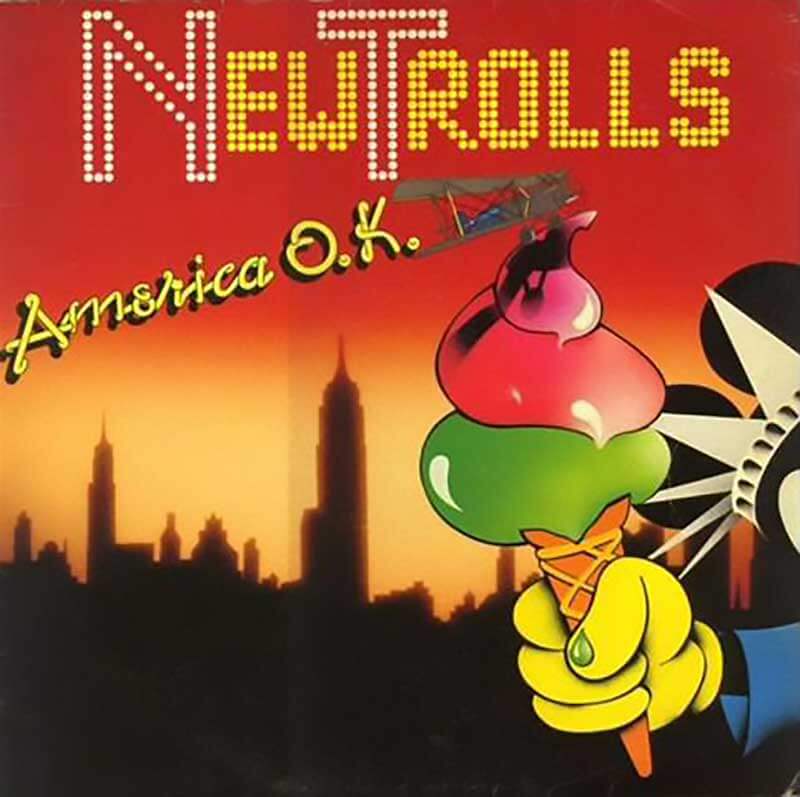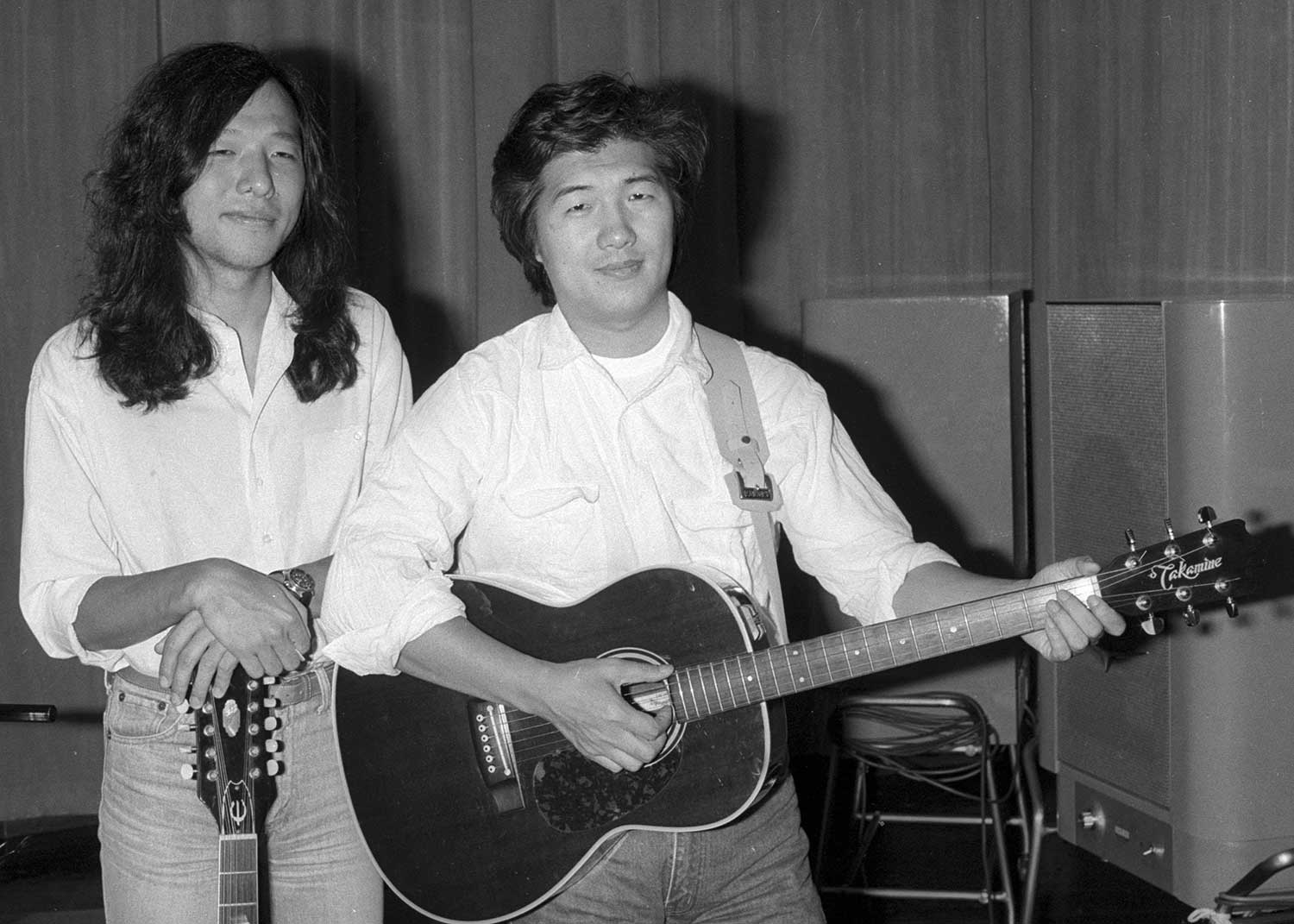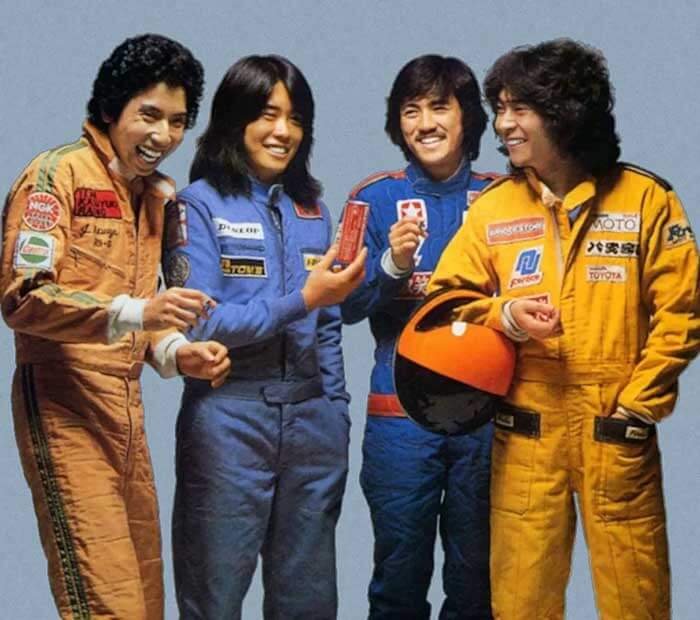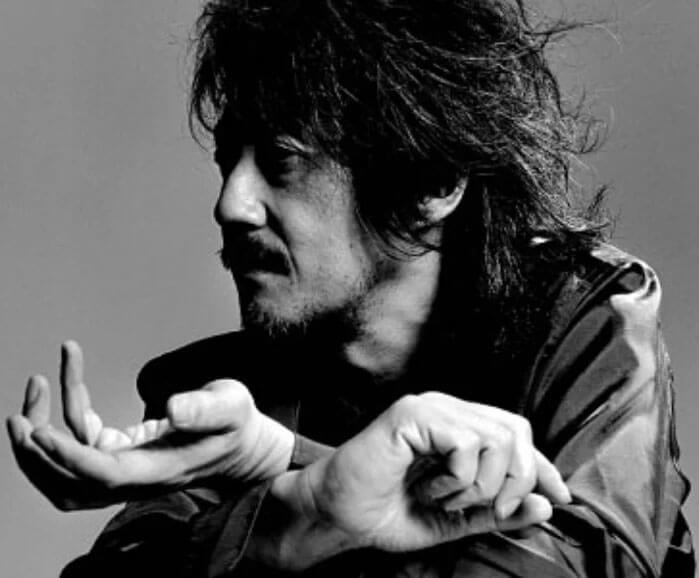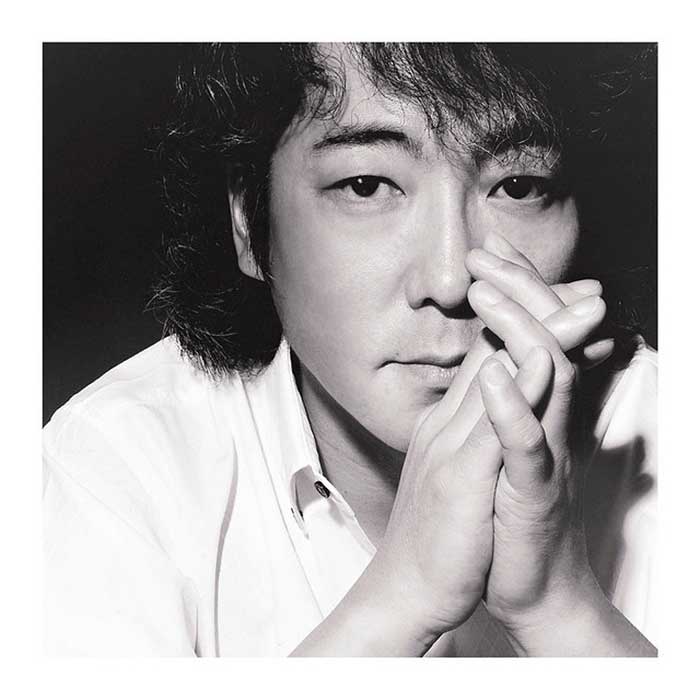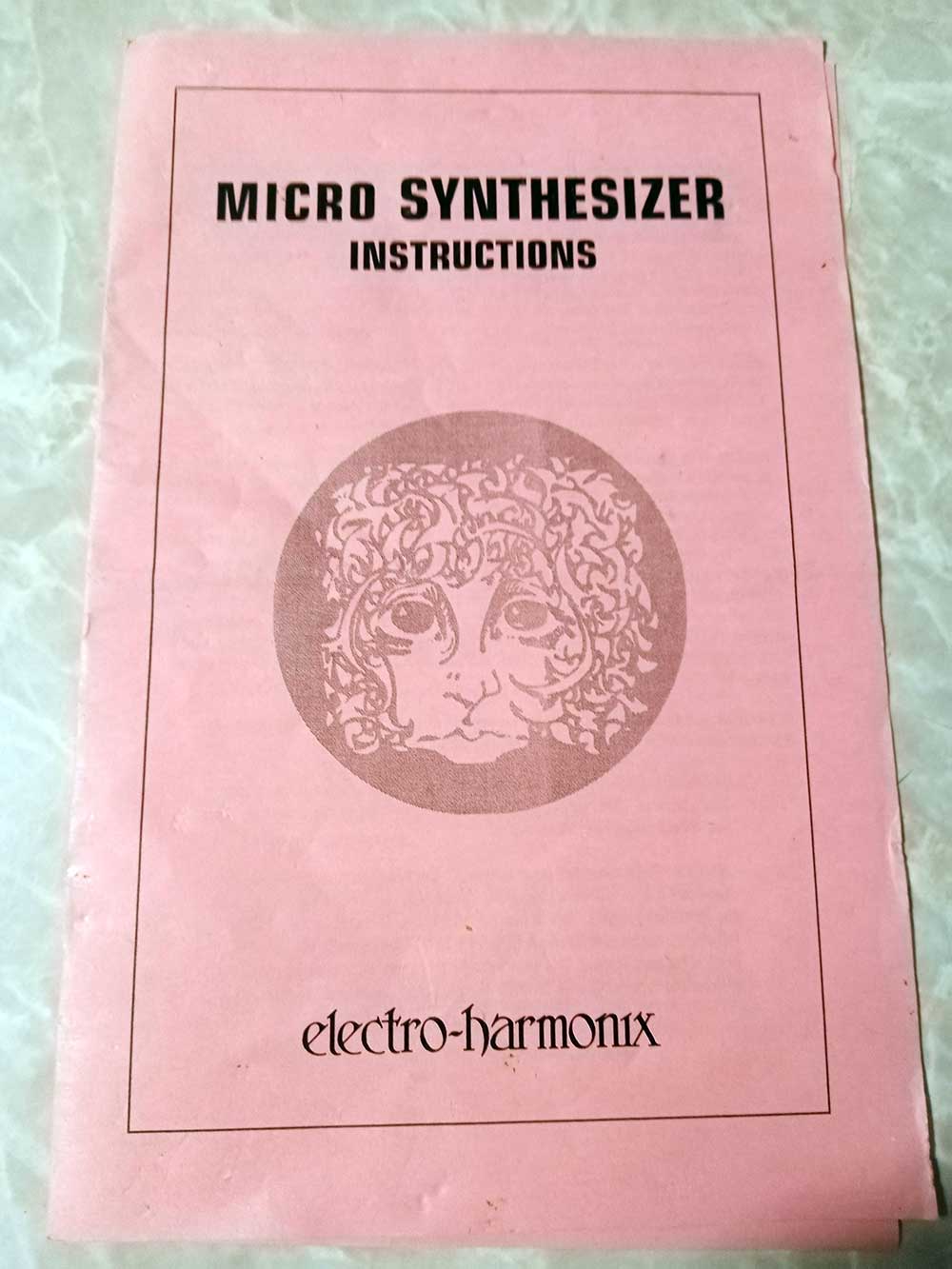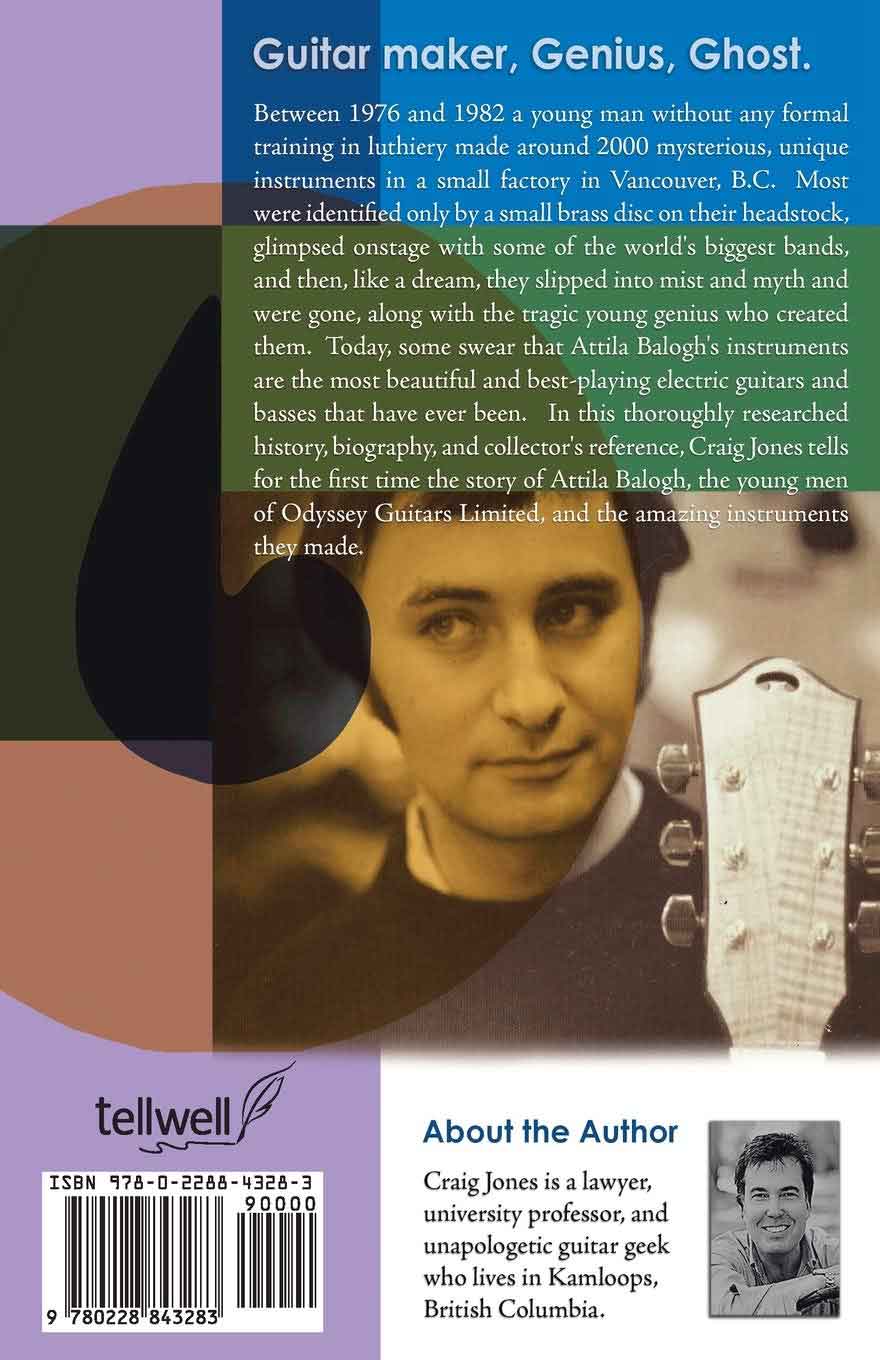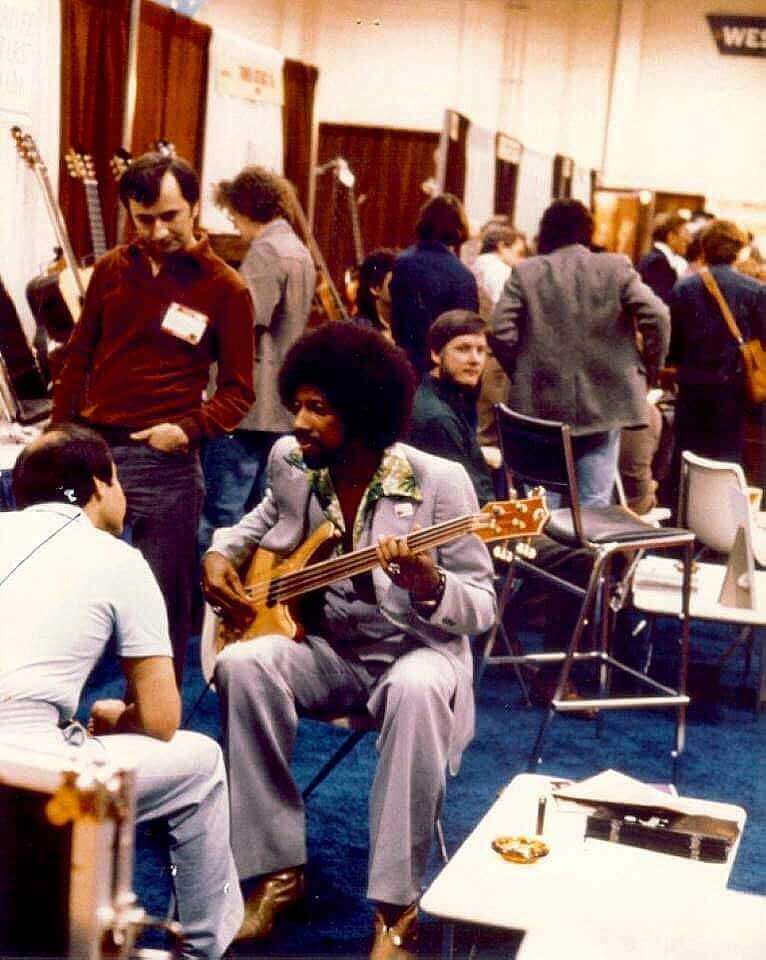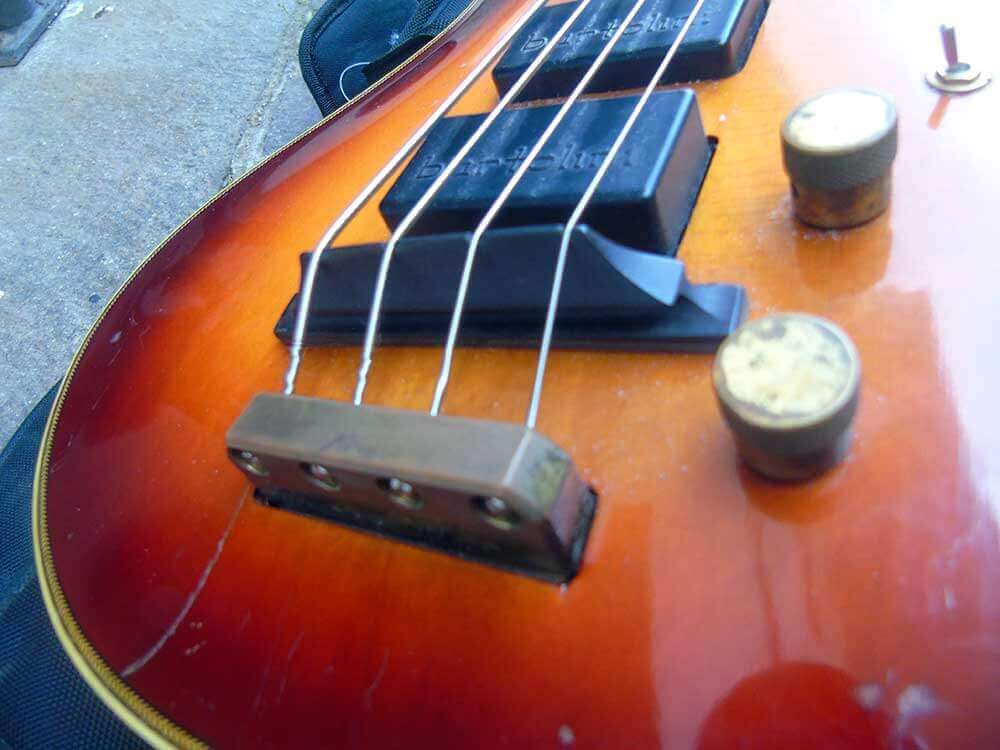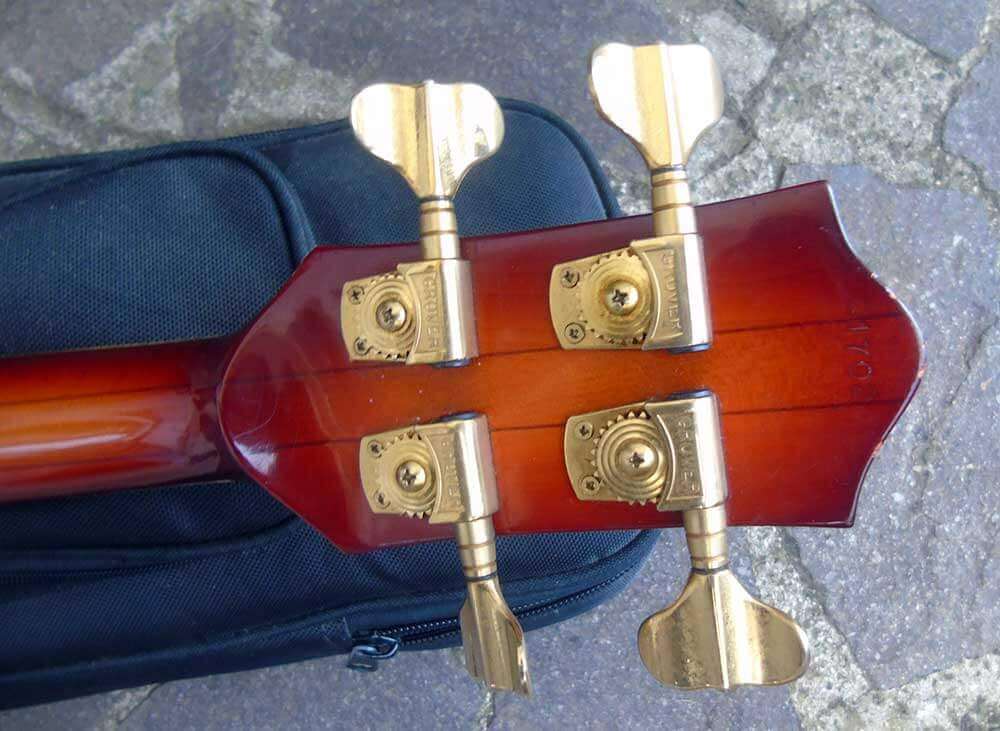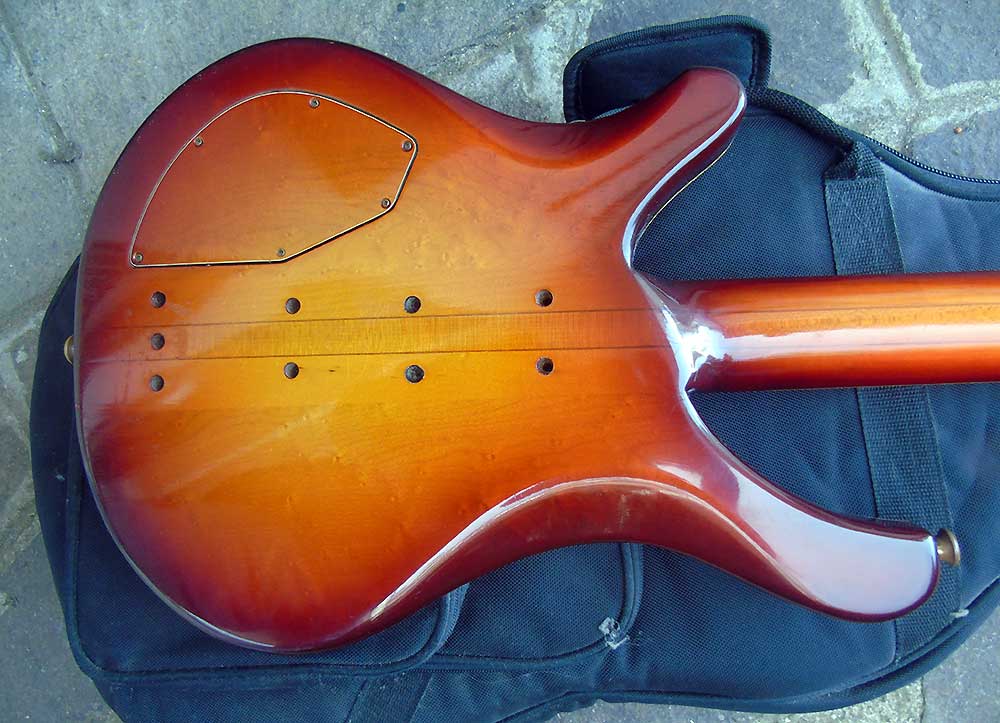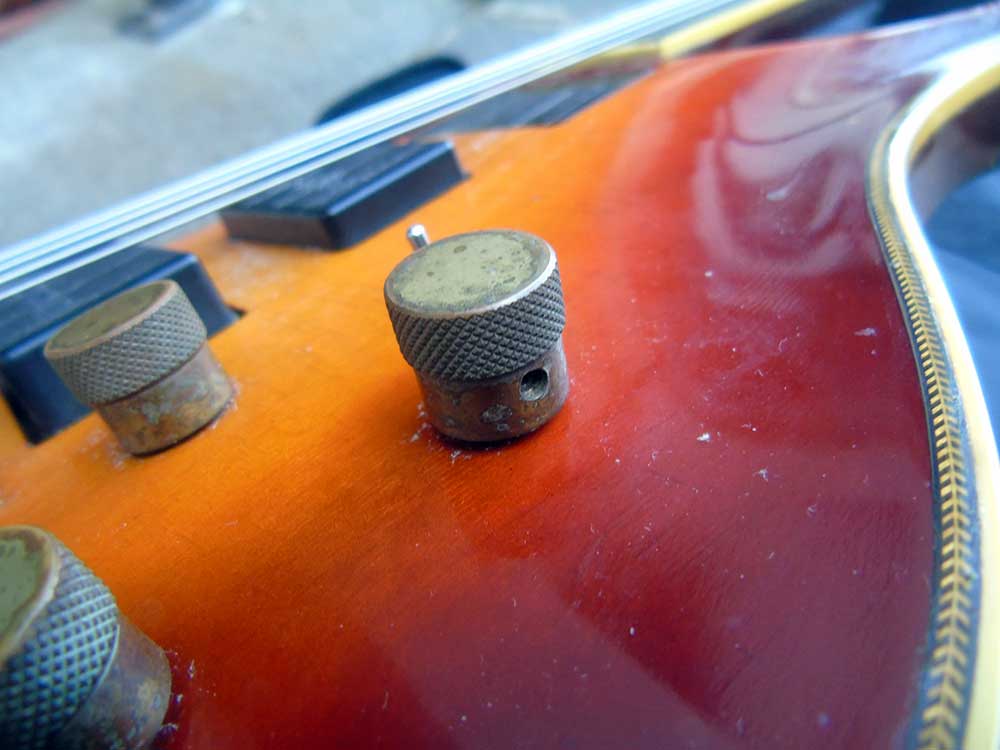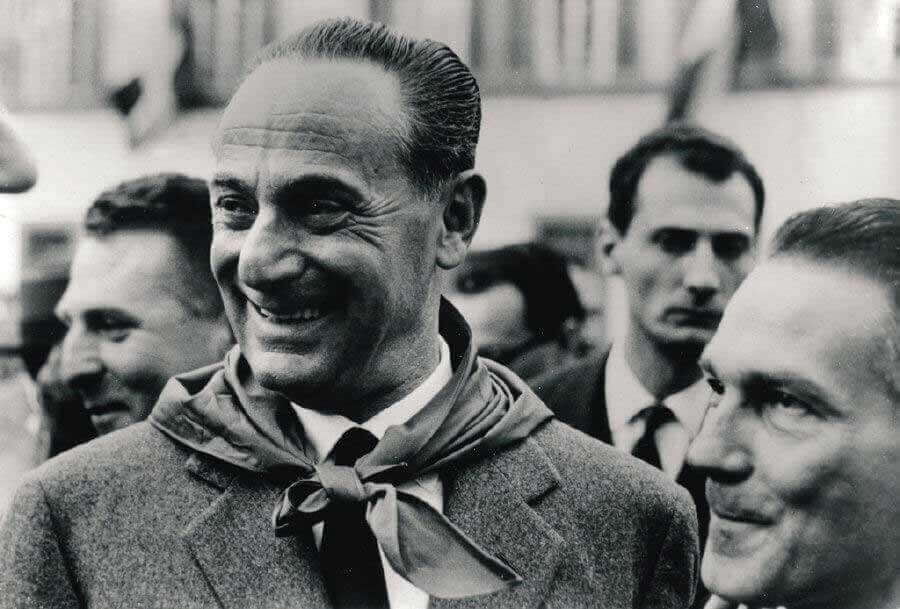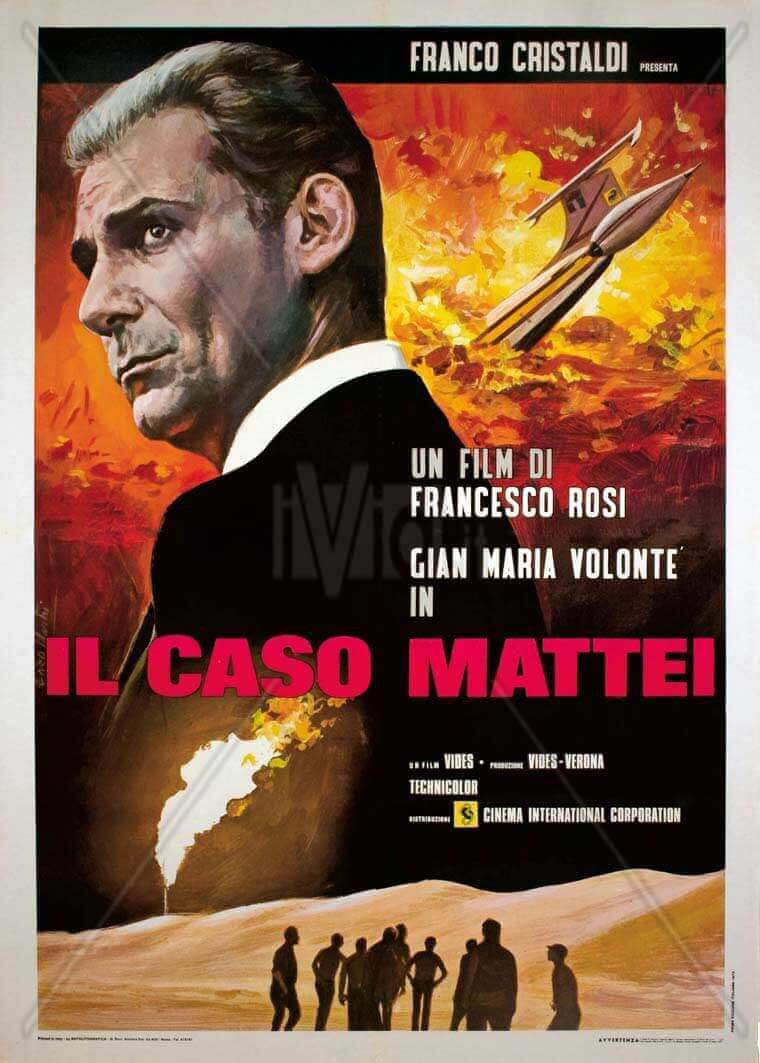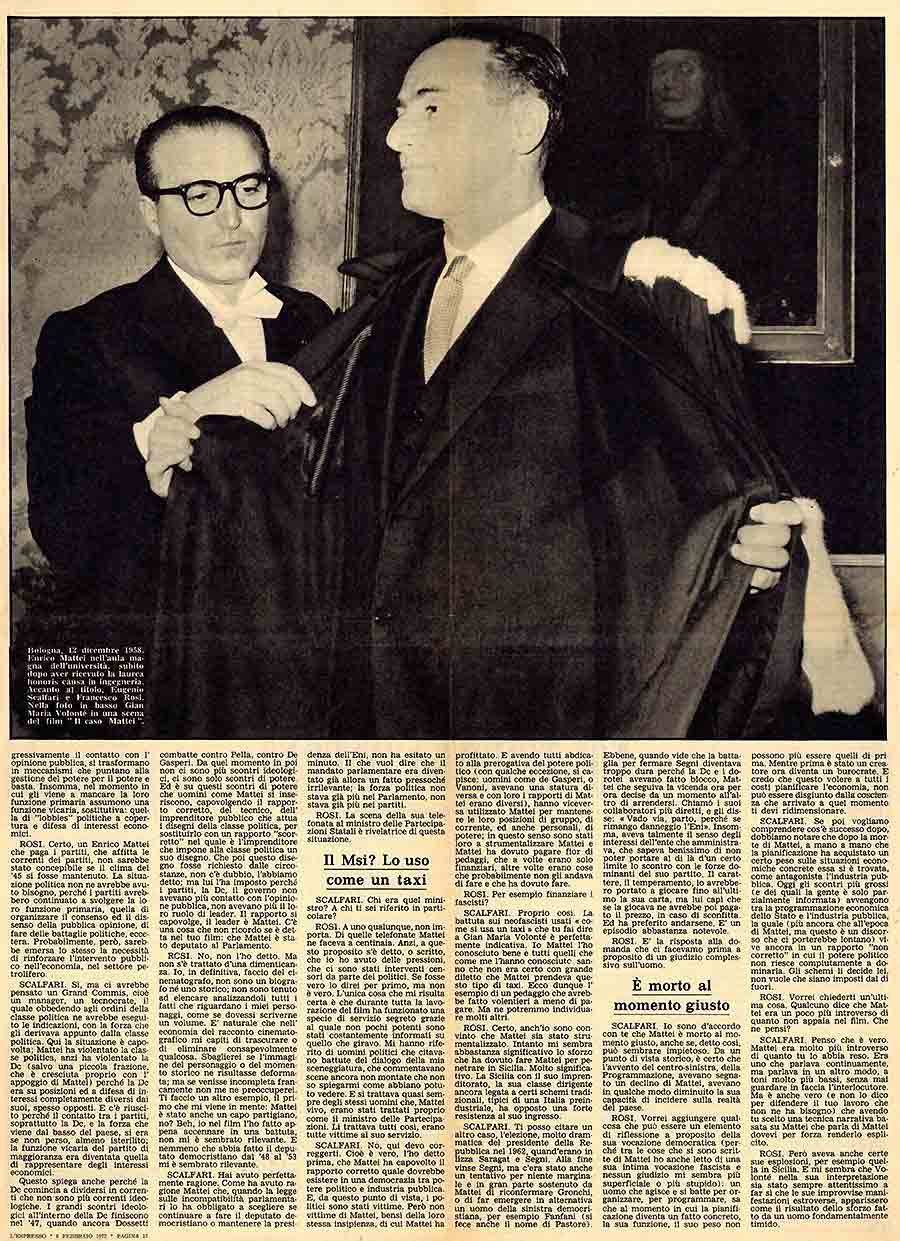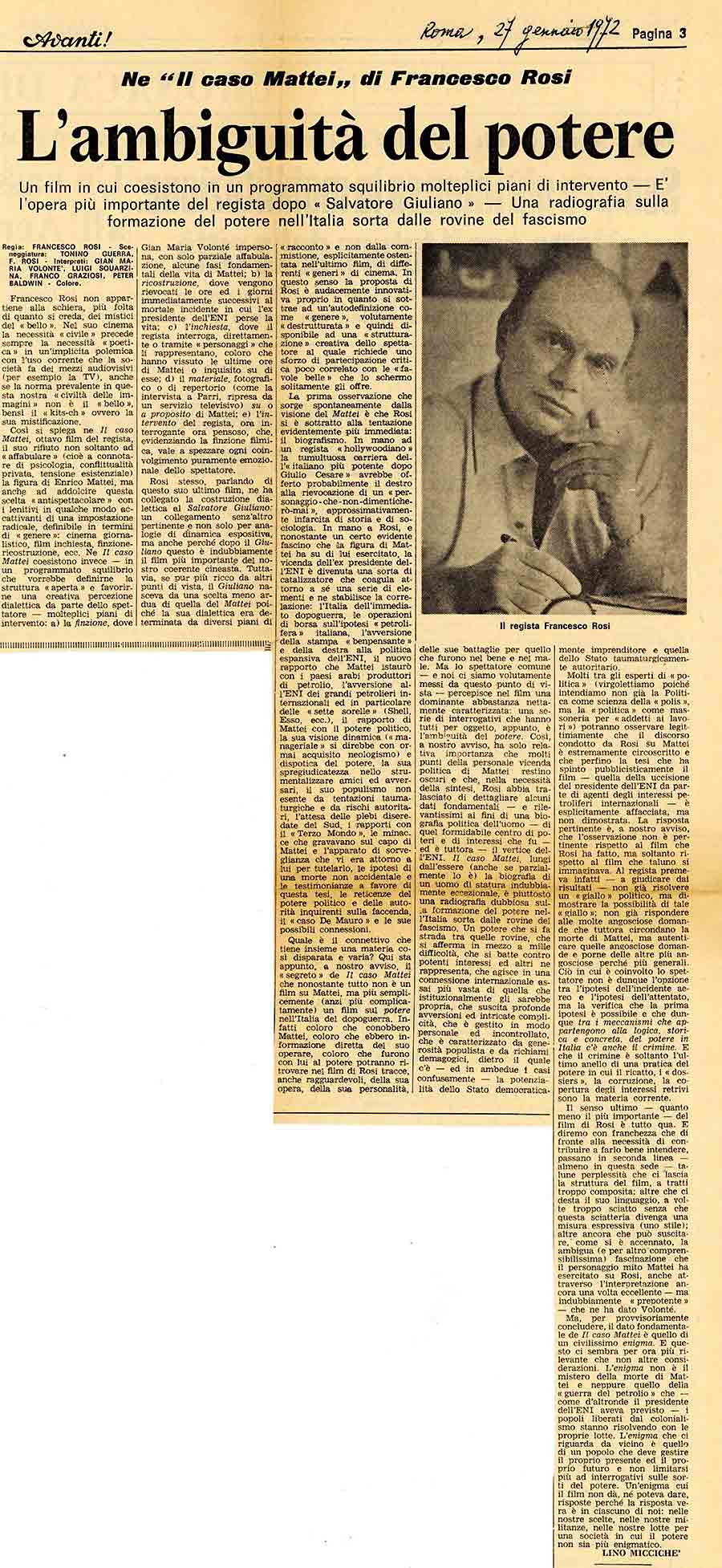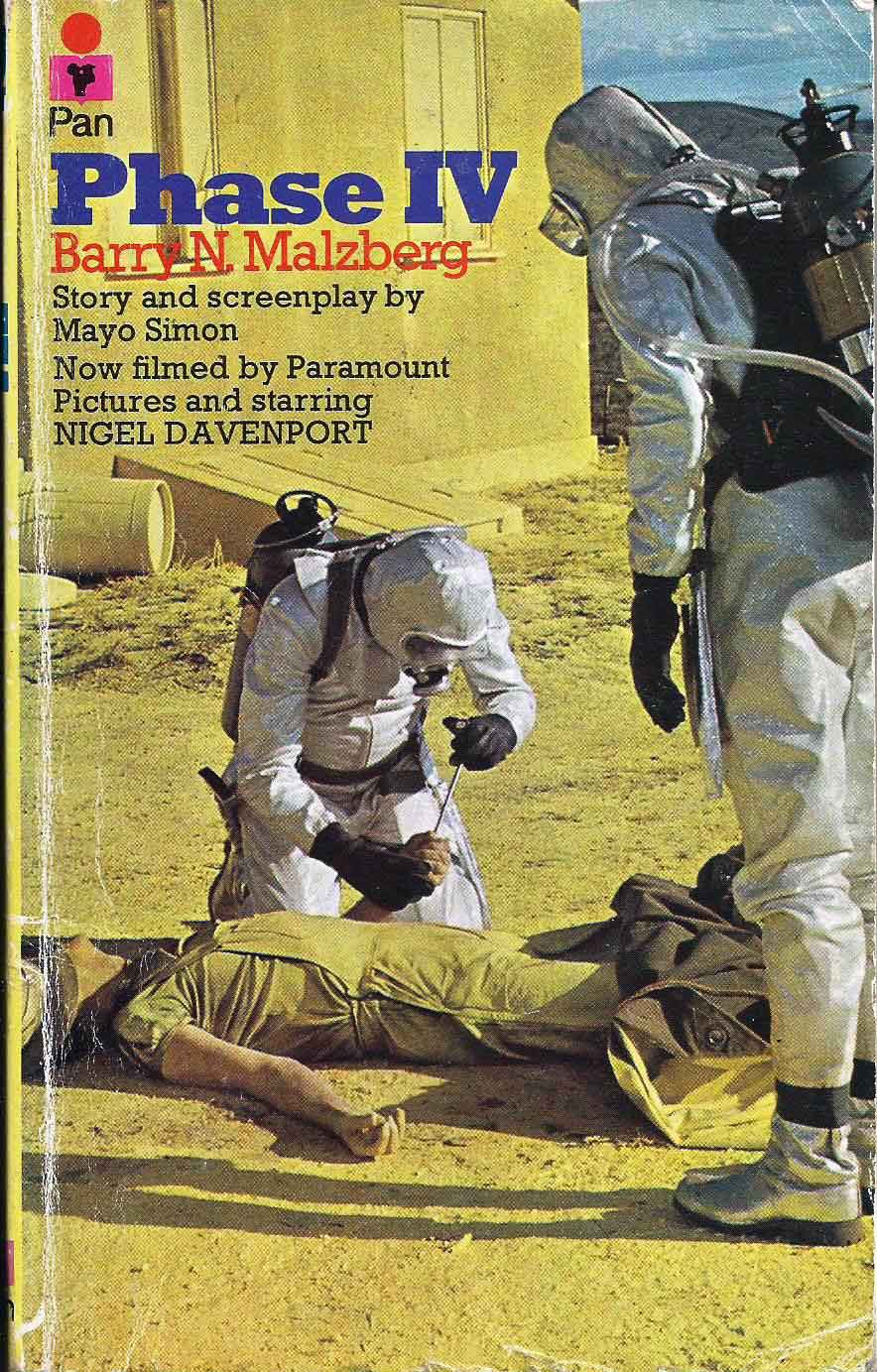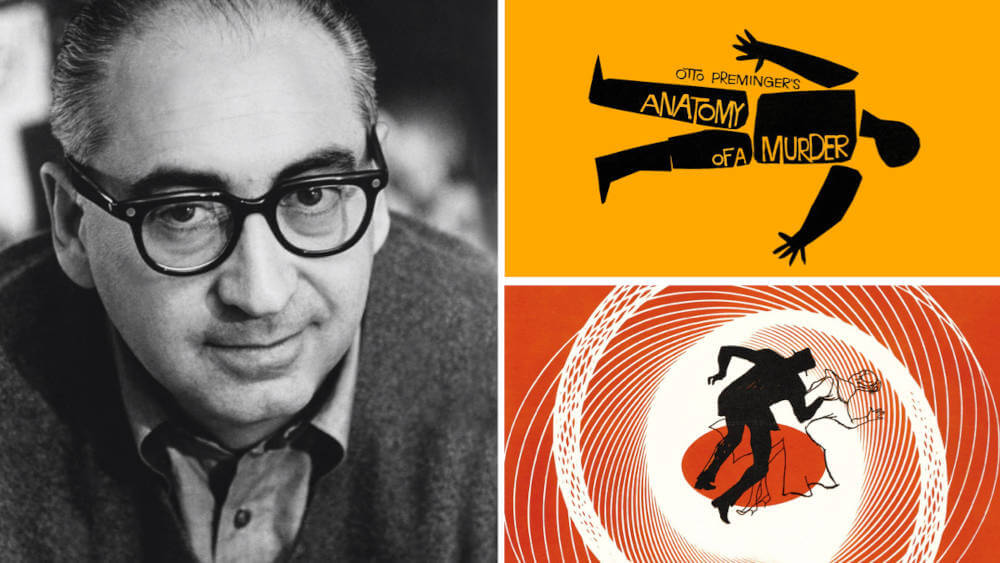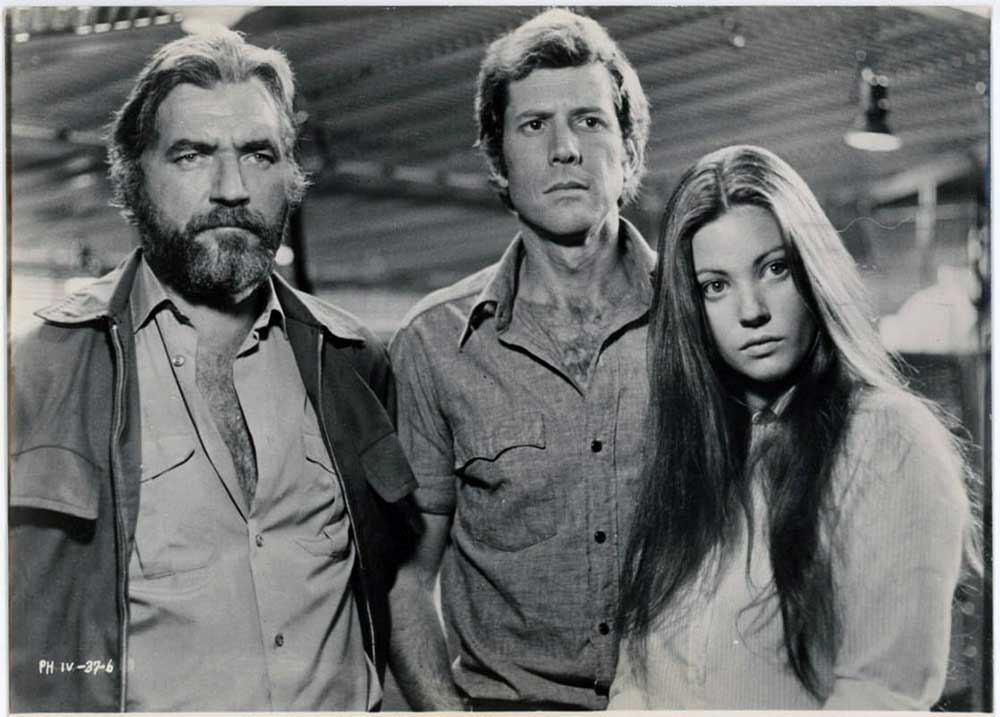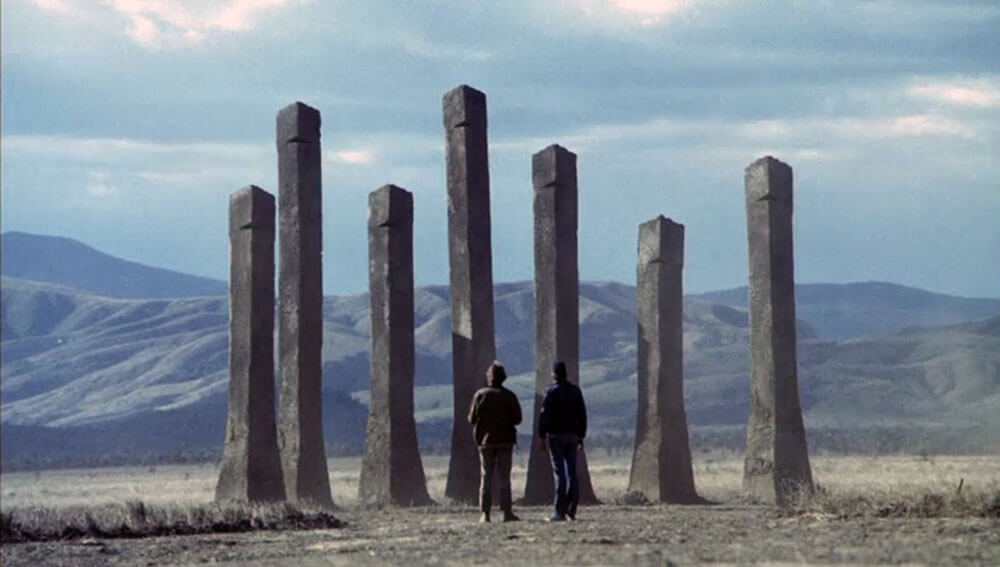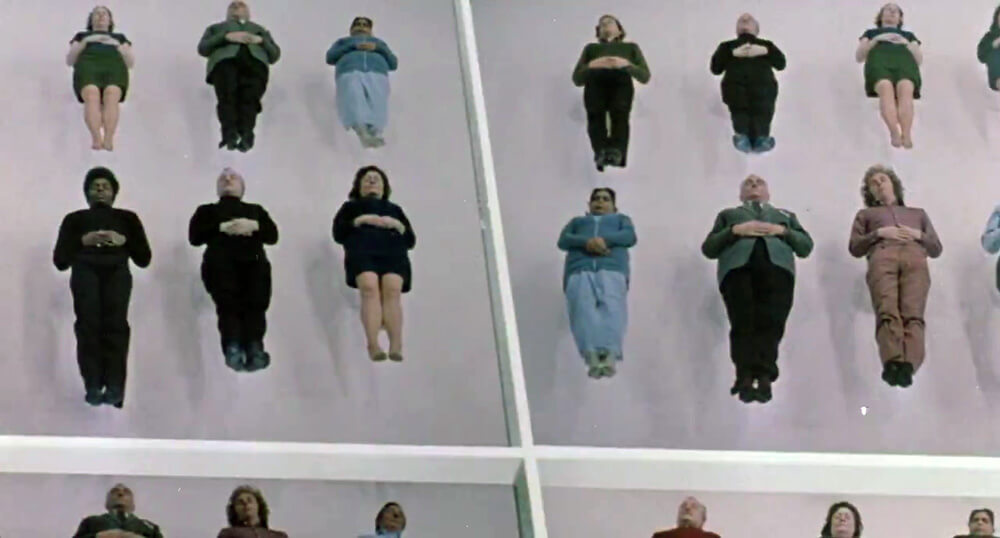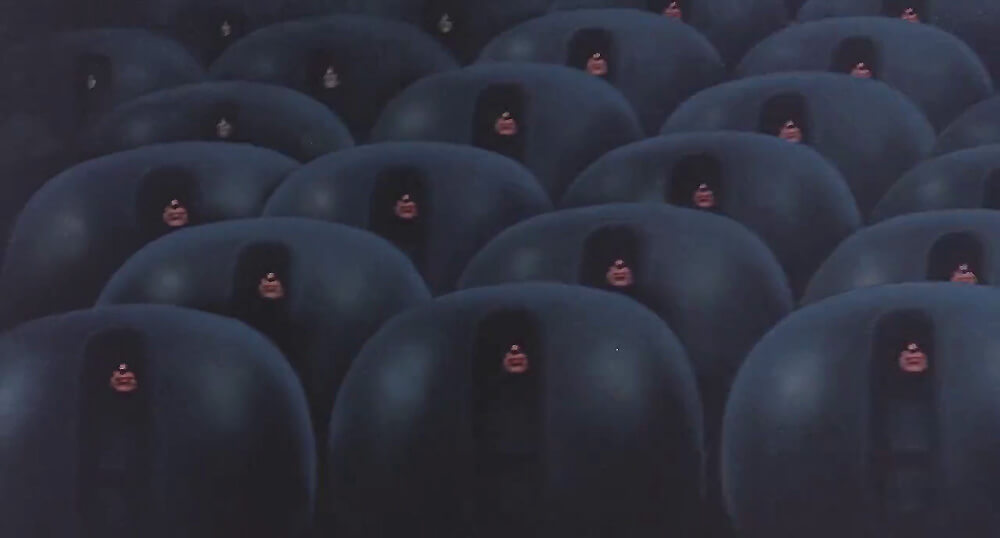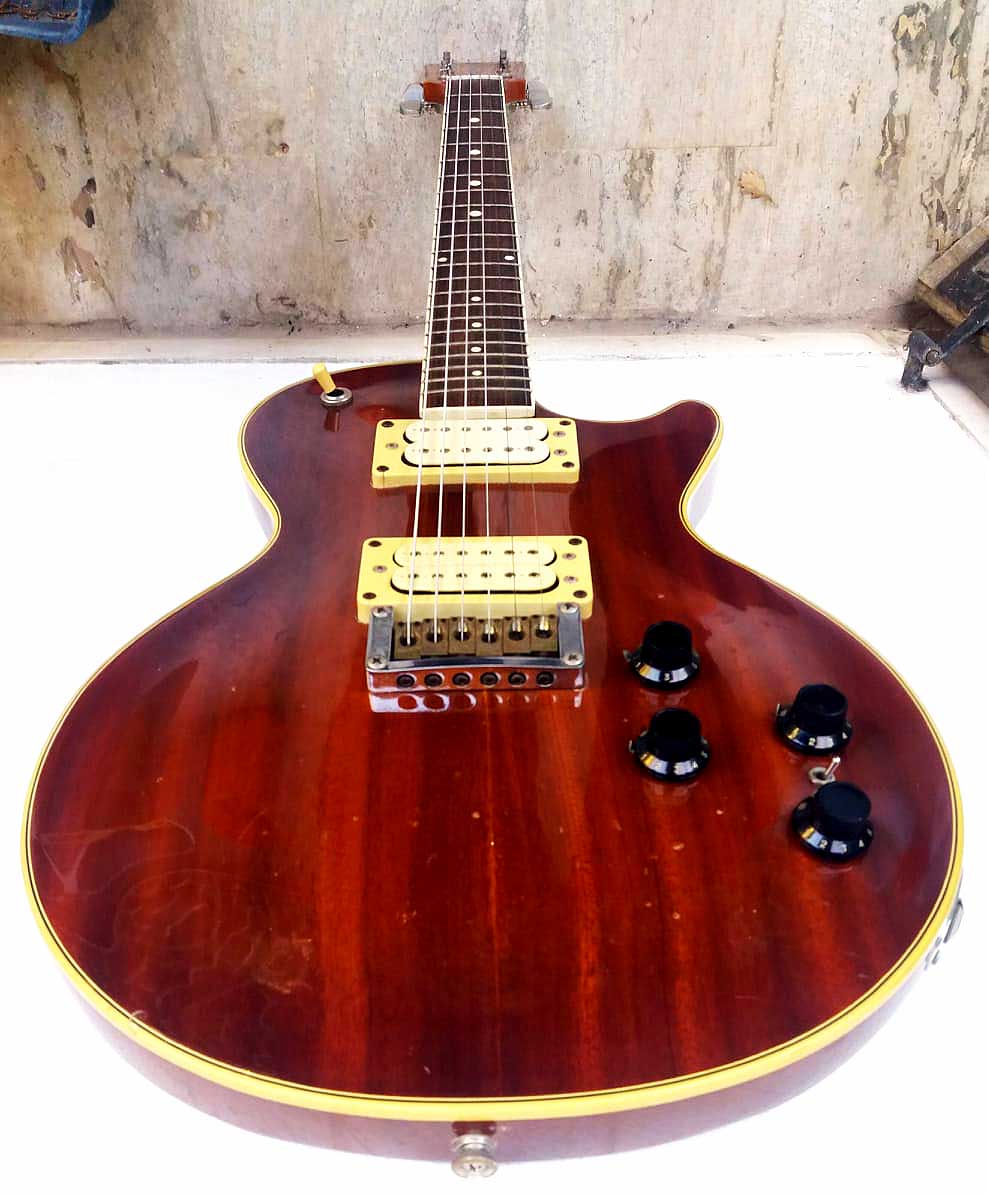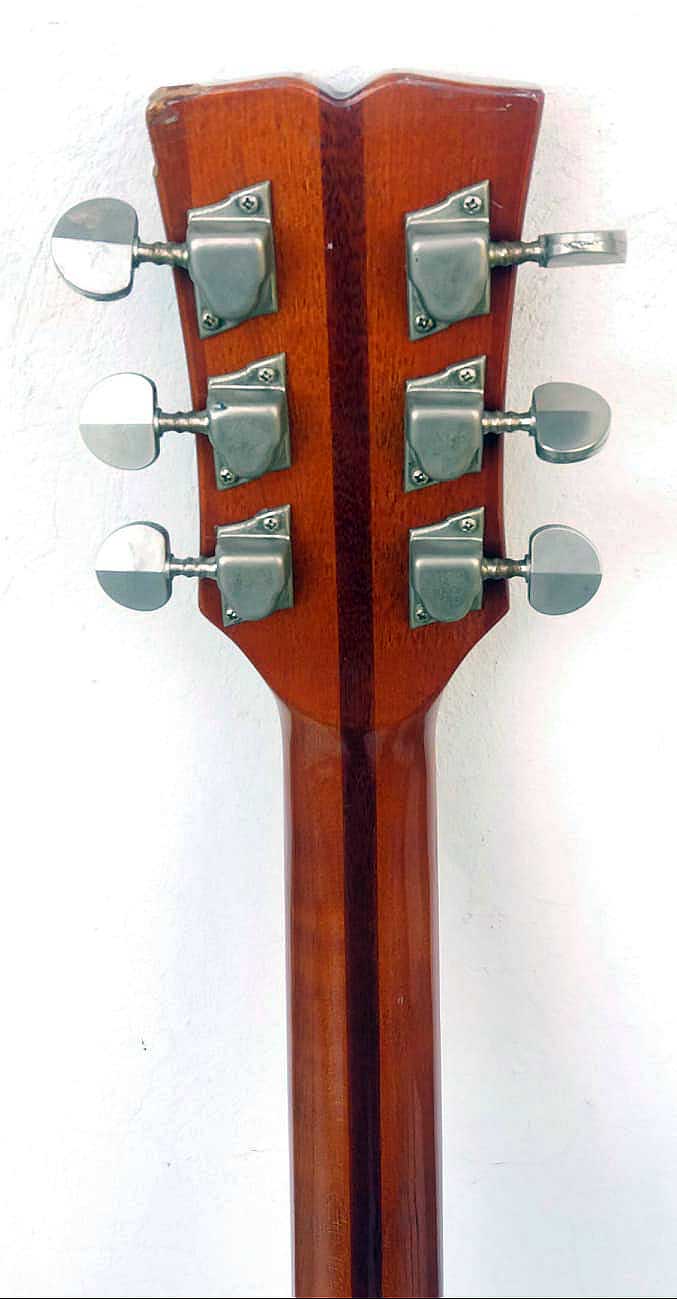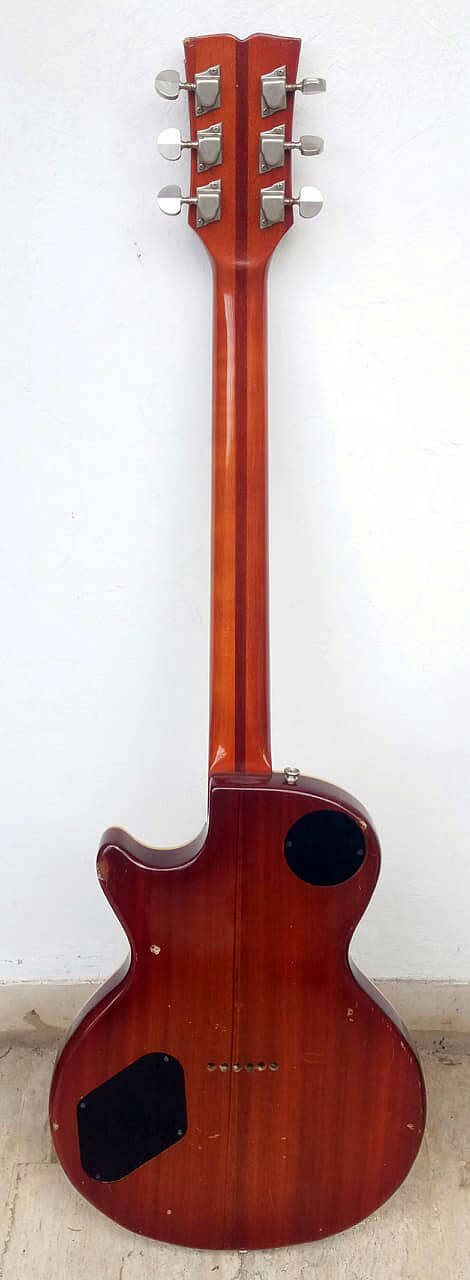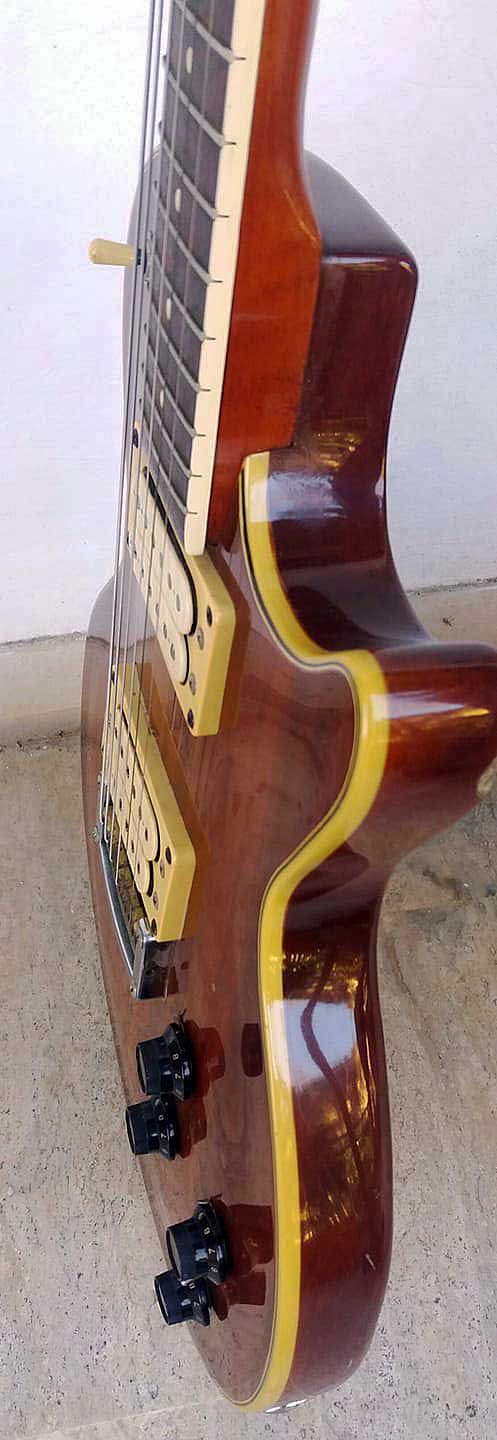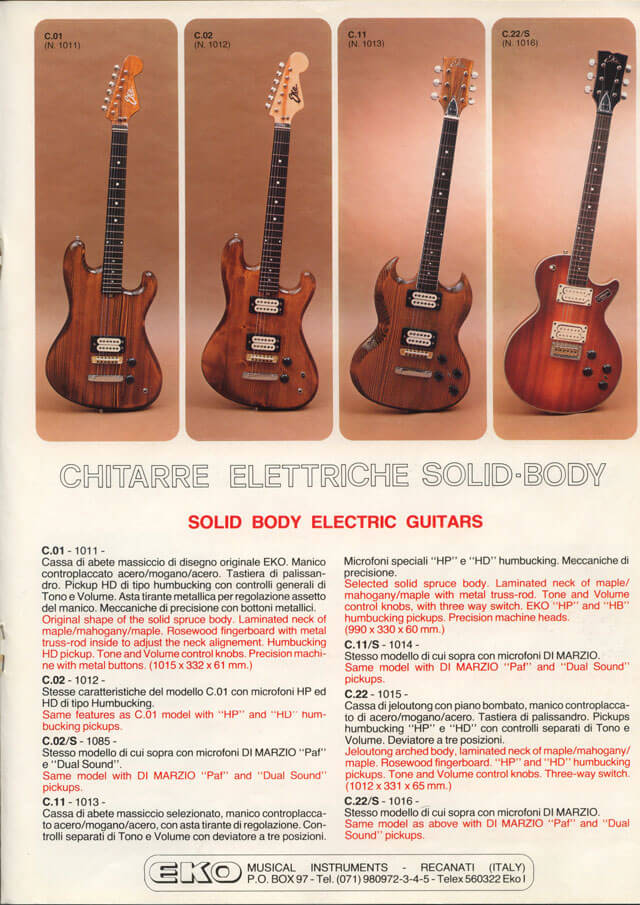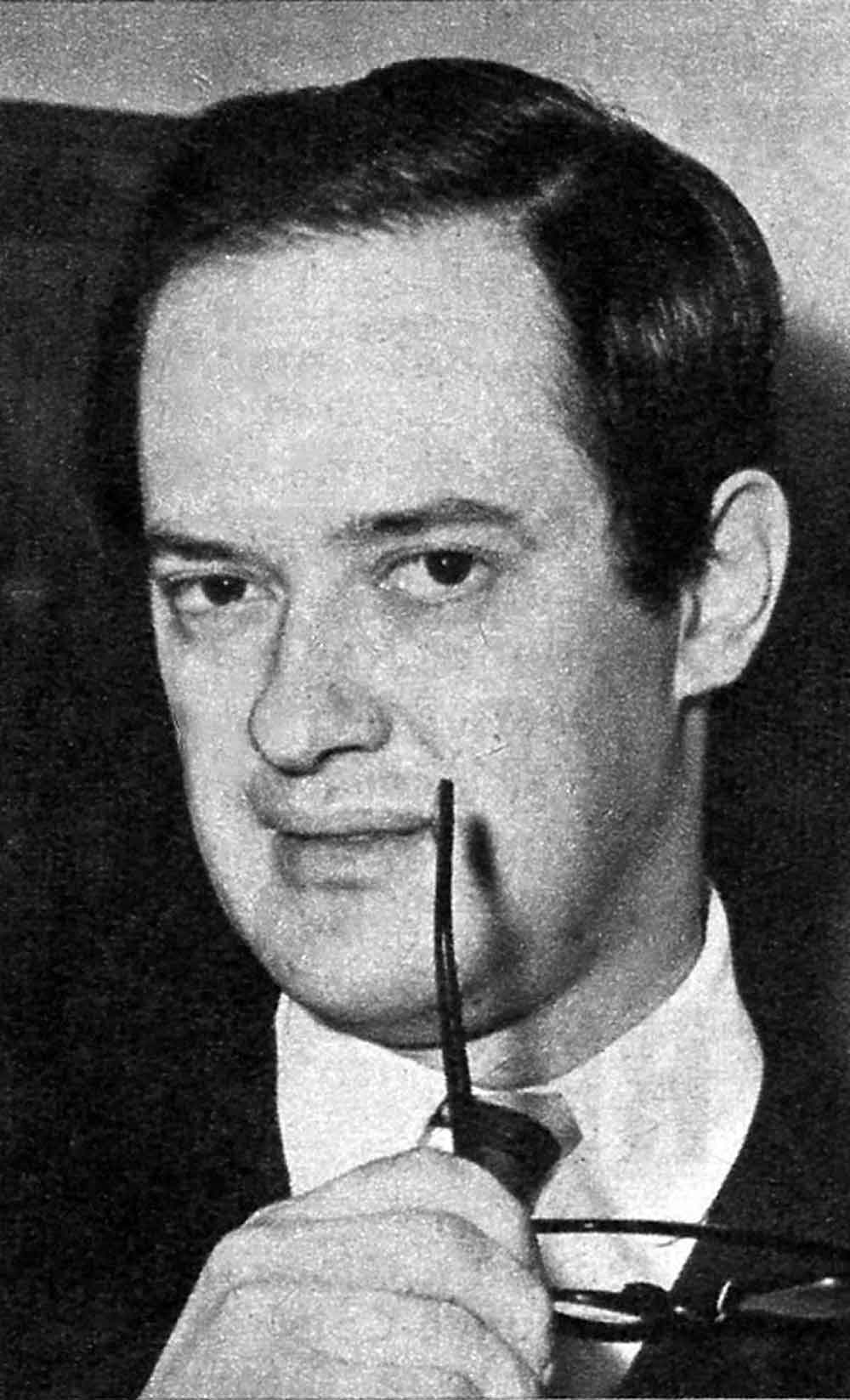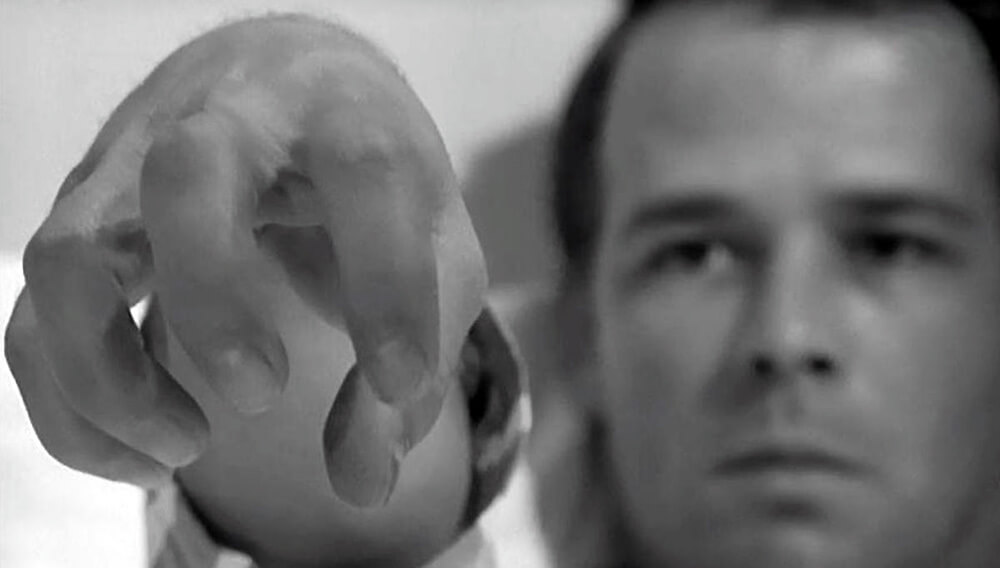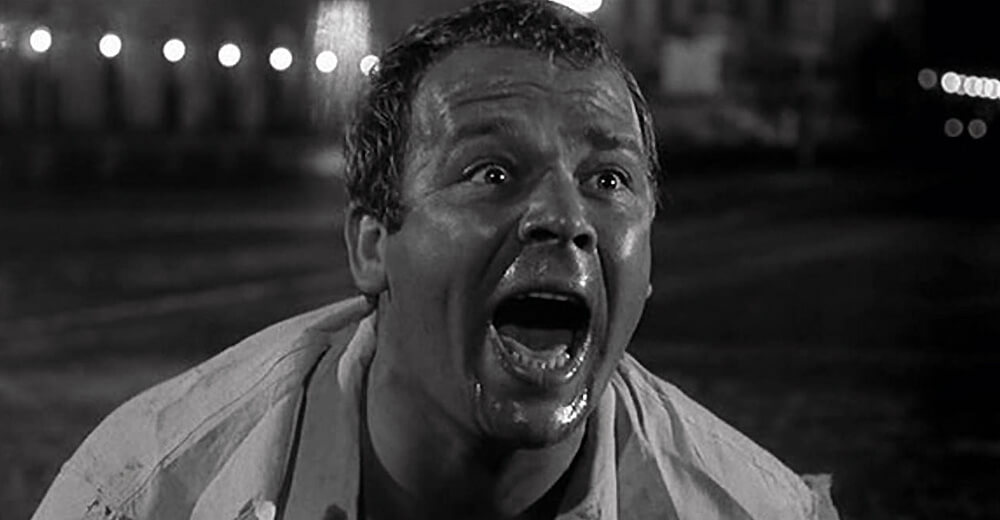
”The years leading up to 1968 are full of intellectual ferment. In Italy, the previous economic boom decade has left a reinvigorated, young society that wants to make its dreams come true, motorized en masse thanks to the FIAT 600 and 500. People are full of energy and desire for renewal.
Alessandro Ciaramella
Before the Carabo – The evolution of times
The sporting battle waged by the giant Ford against Ferrari in 1963, reached its climax in 1966, when three Ford GT-40 MK-IIs crossed the finish line of the 24 Hours of Le Mans in a parade, prevailing over the legendary Ferrari 330P/3, all of which withdrew (with a dramatic sports ending for the moral winner of the race and developer of the Shelby-Ford GT-40 mk2, Ken Miles, but that’s another story!).
At the time, this type of race was more popular and important than Formula 1 and the event was of exceptional importance.
In 1966 a certain Marcello Gandini, a 28-year-old designer recently hired at Carrozzeria Bertone in Turin, the protagonist of this story (and many others), created the Lamborghini Miura in the space of three months, starting from the design on paper to the working car prototype.

1966 – Lamborghini Miura
This car (whose story is in a certain sense intertwined with that of the Ford GT-40s mentioned above) generated a huge sensation at the time and is still today considered one of the most beautiful and elegant cars ever made. Marcello Gandini, with the typical dissatisfaction of the creative artist, in an interview released a few years ago, however, did not fail to find (incredibly) several defects and things that he would have liked to make differently. The insufficient width of the car body and the first tires mounted, too narrow (which at the time were, in fact, the only ones available) had never gone down well.
1967 brings to Italy the divorce law, the university reform and the beginning of youth protests. Miniskirts are getting shorter and shorter. Science fiction is reborn, design is revolutionized. In cinematography, movies such as “Planet of the Apes” and “2001: A Space Odyssey” are on the launch pad. They will change the way to think about the future. Visually, science fiction will influence design, and fashion and will be influenced by them in turn.
It was in this year that Alfa Romeo began the production of a racing car to return itself to the glorious days of Formula 1, left as a winner in the early 1950s. Indeed, a formidable car was built which would win many races thereafter: the Alfa Romeo Tipo 105.33, known as the Alfa 33. A road version was also launched (only 18 units, one of the rarest cars in the world), designed by Franco Scaglione.
On this basis, many prototypes were created by the greatest designers in the immediately following years, all fundamental steps on the road to today’s sports cars. This is the DNA that will give birth to the incoming Carabo.

1967 – Alfa 33 Stradale
For the 1967 Expo in Canada, to celebrate the centenary of the nation, Alfa Romeo commissioned Bertone to create a prototype car, especially for that event. Thus the Alfa Montreal prototype was born, also based on a design by Gandini. The lines seen on the Miura evolve, becoming cleaner and less sinuous.

1967 – Alfa Romeo Montreal prototype
Gandini himself clarifies that whoever creates a car is not unlike a painter. He certainly has his own style, but every time he wants to create something new and different from his previous work. And the subsequent creations will strongly demonstrate this belief.
Also in 1967, Gandini designed the Marzal prototype for Lamborghini, a four-seater sports car study in which he definitively left the lines of the famous Miura to marry a far more visionary look. And already it seems to be in another world.
The glass surfaces become less usual, the planes sharp and straight, and polygonal lines and hexagonal textures appear. The cockpit looks like that of a sci-fi starfighter. Blue leather for the dashboard and silver leather for hexagonal seats, red buttons and enlighted controls characterize the revolutionary interior design.
This car will then generate the famous Lamborghini Espada, the first real four-seat sports car. It is a small but decisive step towards a new era of automotive design, a big step towards the Carabo.

1967 – Lamborghini Marzal prototype
The social and cultural changes of 1968 are a well known and widely discussed topic.
On the other side of the Atlantic Ocean, in 1968 the American Mustang of that year was produced to compete, both on the markets and in the cinema, with another equally legendary car, the Dodge Charger.
In the famous movie “Bullit” starring Steve McQueen, these two cars are the protagonists of a daring chase. In that year, however, another movie was also released, destined to become a milestone in cinematography: “2001 A Space Odyssey”.
The visionary nature of the work definitively breaks with the visual culture of the past and is the manifesto of new futuristic design ideas. Science fiction, in its graphic and imaginative part, veers decidedly towards clean shapes, inclined planes with strong and contrasting colors.
Hexagonal textures, structural gratings made of new materials and lighting brought in the form of blades of light or very small spots present everywhere become the symbol of the modernity that is about to break into the world.

From “2001: A Space Odissey”
In Italy, perhaps, few people know that NSU wins the Car of the Year award with the Ro 80, a Wankel rotary engine car (what times, what experimentation!), at Le Mans the Ford GT-40 wins again (before leaving the scepter to the incoming Porsche long time domination), but the Alfa Romeo Tipo 33/2 finished in the absolute 4th, 5th and 6th positions, winning their category and continuing their triumphal march in different types of competition.
Here comes the Carabo
The 1968 Paris Motor Show is approaching. Alfa Romeo intends to present a prototype to be exhibited and calls Bertone again to create it. Only 10 weeks left until the event and you can’t miss it.
In those days, the international motor shows were the only occasions to exhibit new concepts, new mass-produced models to be promoted and talked about with futuristic prototypes. All the specialist press are present, all the most important personalities in the sector could be met almost only on those occasions and it was necessary to be present with innovations and prototypes that would open the way for future creations.
Bertone again commissioned the brilliant Gandini, just 30 years old, evidently knowing he could count on a man capable of sprinting, like the cars he dreamed of, to top speed in a very short time.
In this context of revolutionary intellectual ferment, Gandini received the chassis for his new car: one of the very few existing road-Alfa Tipo 33, chassis number 75033.109. Of the few Alfa 33 chassis available in that years two went to Pininfarina (who created the Cuneo and 33.2 concepts), one to Italdesign by Giorgetto Giugiaro (who will make the Alfa Romeo Iguana) and two to Bertone, on one of which Gandini will design the Carabo.
The asymmetrical H-frame of the Alfa 33 was designed, with aeronautical-derived technologies, by a man whose name Alfa enthusiasts carry in their hearts: Giuseppe Busso. Composed of three large aluminum tubes that housed the fuel tanks inside, the main frame supported two magnesium castings designed to support the engine and the transmission group, and the suspensions.
With a very short wheelbase of 2,350 mm, the chassis weighing only 48 kg, the whole complete car weighed just 700 kg, a true track beast. To be clear, the small placid FIAT 500 utility vehicle of the time, a car that we all consider very light, weighed 550 kg, only 150 less than the Alfa, and had 13.5 HP against the no less than 230 of the road version of the Alfa 33.

1967 – The asymmetrical H-frame of the Alfa 33
The engine was a real jewel, the 1995 cc 90-degree V8, double overhead camshaft, entirely made of aluminum, also designed by the brilliant Busso, and later placed in the care of the engineer Carlo Chiti of Autodelta, which was the racing department of Alfa Romeo. Capable of 270 HP at 8,800 rpm (230 in road configuration), combined with a six-speed transaxle gearbox, it was capable of pushing the Alfa 33 up to 270 km/h and sprinting from 0 to 100 km/h in about 5 seconds.
In essence, it was a sort of Formula One engine equipped with an exciting bodywork (after all, it was a homologated car starting from the racing version), and in fact, the price was equally stratospheric: around ten million Italian Lira at the time, about 20.000 USD. In 1968 a car cost in the USA about 2-4.000 USD, and a Plymouth Fury cost about 2.800 USD. In 1968 a Ferrari Dino 206 GT cost less than five IT-Lira million, the famous Miura around seven million, a Rolls Royce almost 15, and the FIAT 500, which we mentioned earlier, around 500.000 Lire (about 800 USD at that time).
This is the beating heart and the powerful backbone that Gandini receives in his own hands, on which an equally visionary aesthetic will descend. Carabo is born.
At the Paris Motor Show, it is already famous before the event even begins.
The day arrives, the doors open, it is October 10, 1968. A few minutes after the opening of the Salone, the Carabo is already surrounded by journalists and visitors looking astounded. Everyone crowds around the spaceship that has just landed.
The color is a sparkling green, and the luminous and iridescent paintwork is taken from the colors of the Carabus Auratus beetle, green with golden and orange shades, which also gives its name to the car itself. The Carabo, indeed.

Carabus Auratus
What amazes, even more than the declared performances (250 km/h and 6.5” to go from 0 to 100 km/h), are the dimensions, the shapes that take your breath away. 164.4 in. long and 70.3 in. wide, the Carabo is only 39 in. height, 2.4 less than the Miura which already seemed very low.
Gandini finally managed to have the car wider and lower than what production limitations and costs had allowed him to do with the Miura.
He will be able to dare even more in the next Lancia Stratos Zero, two years after, by following these ideas.

1968 – Alfa Romeo Carabo, side view (Alfa Romeo Museum)
The profile is a revolutionary wedge-shaped single volume, the aerodynamics becoming increasingly sophisticated in the wake of the first Technologic Aerodynamic Berlinettas, the Alfa Romeo BATs of twenty years earlier.
The front end is low and sharp, aimed at mitigating the lift problems that afflicted the front end of the Miuras above certain speeds, by raising the nose. Now the line runs fast and continuous, uninterrupted and penetrating, from the pointed nose to the wide windscreen and the powerful rear.
The tires are finally as Gandini would have wanted them from the start also on the Miura, wide and powerful, which give the car a very aggressive look, identifying it even more with the racing cars, of which it unequivocally possesses the DNA.
The doors are hexagonal, with an unusual scissor opening. Hinged on the front, they are lifted thanks to a sophisticated system of gas pistons. Perhaps they recall, in some way, the beetle in the act of spreading its wings, ready for the formidable flight.

Alfa Romeo Carabo, doors opening
Gandini will declare that he would never have thought that this solution would have been successful, and instead, it was so much appreciated that it was reproposed on several other following models, even of his own conception. The engine air intakes, elegantly hinted at in a sort of gill behind the windows, feed the powerful V8 placed in a longitudinal central rear position (like in the next Lamborghini Countach…).
The wedge-shaped line proceeds almost without lowering, decisive, towards the rear, cut cleanly. After the large bonnet covered by a black grille, opens to evacuate the hot air from the engine, the volume closes with the hexagonal rear mirror with a very accurate design.
Here a dark grille, enhanced by the contrast with bright green, hides and camouflages the rear lights, which are only visible when they are turned on. They recall the luminous grids of science fiction computers, giving the car an unmistakable iconic look even in the details.
The duck-tail spoiler integrated into the design of the rear of the car dominates the rear and concludes it at the top, while the four pipes emerge below, chromed externally and red internally, to indicate the presence of the two banks of the V8 engine.

The rear mirror of the Carabo and the interior of the famous HAL 9000
As in the most recent sports design trends, the passenger compartment is moved forward, and the line of the windshield is integrated with that of the nose, which is getting shorter and lower more and more, unlike the models of the past, thus aerodynamically increasing the downforce, the weight on the front and therefore steering precision.

The front of the Carabo and the Icarus spacecraft from the “Planet of the Apes”
The central and rear part of the car sees the predominance of the engine cover, at the center of the car both physically and metaphorically.
The front projectors are concealed, as in the Montreal, by adjustable blades, but this time they are completely hidden from view. Other movable appendages complete its charming modern appearance.

Carabo, the headlights on
The radiator, located under the front hood, emits exhaust air through other wing appendages integrated into the design of the front of the car. The dark-colored lower lamellae perhaps recall the segments of the body of the beetle which gives it its name.
Everything is visionary, everything is without limits of imagination.
The bold color paves the way for more exotic and new colors, which will be seen in the years to come, on sports cars and then also on production ones. The crystals are mirror-gold like the visors of astronauts’ helmets or the windows of spaceships that dominate the imagination of the youngest.

This volumetric arrangement will give rise to and will be found in all the sports cars that came then in the 20th century, up to today in the 21st.
The rigorous interiors recall the geometric cockpits of the starships of the time, the steering wheel is conical and essential, the shapes abstract and squared.
The same logo recalls, almost jokingly, the shape of the car with the hexagonal letter “A”, which simulates its unique door in the open position.

The Carabo logo
The success of the Carabo is worldwide, and its silhouette not only is published in all the automotive magazines but also breaks into the non-specialized press. There is unanimous approval not only for the futuristic study of its design but also for its new materials and for the avant-garde technical solutions introduced.
After the Carabo, and the glorious heirs of the Carabo
Celebrated over time, and recently restored, it has been exhibited around the world in elegance exhibitions and has recently illuminated, with its unmistakable colors, the Milan evenings on the occasion of the Design Week, in April 2023. It is currently preserved in the Alfa Romeo Museum in Arese.

2023 – the Carabo exposed in Milan
The Carabo has positioned itself as a cornerstone of automotive design. A watershed, after which nothing was the same.
In addition to influencing almost every subsequent sports car to date in terms of overall design, arrangement of parts and volumes, the Carabo had a direct lineage that was simply excellent.
Two years later, the Lancia Stratos Zero was born from the same ingenious pencil, a moving sculpture (as Gandini himself defined it) that would generate the Lancia Stratos, queen of rallies in the 1970s. And, shortly after, a certain Lamborghini Countach will make its appearance… but that’s another story!
Credits
A warm welcome goes to our new collaborator Alessandro Ciaramella and a heartfelt thank you for the passion and meticulousness put into drafting the article and related research.
A huge and eternal thanks goes to the great genius of Marcello Gandini, a gentleman who with rare objectivity and humility taught the world how to design and make dreams come true.


